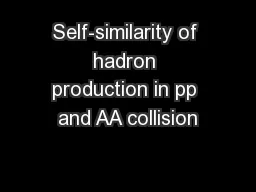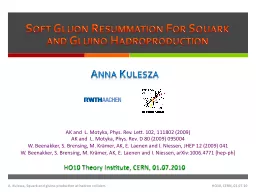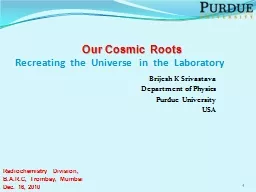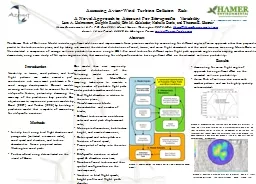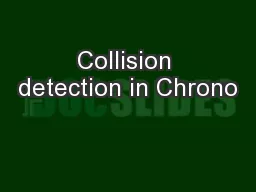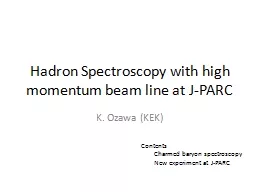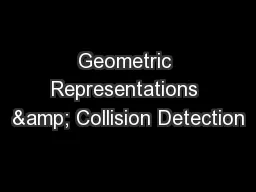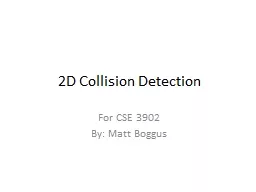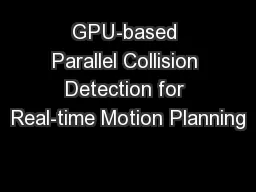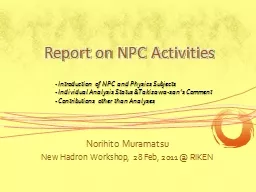PPT-Self-similarity of hadron production in pp and AA collision
Author : myesha-ticknor | Published Date : 2016-05-01
energies DA Artemenkov GI Lykasov AI Malakhov Joint Institute for Nuclear Research malakhovlhejinrru Hadron Structure 2015 June 29 July 3 2015 Horn ý
Presentation Embed Code
Download Presentation
Download Presentation The PPT/PDF document "Self-similarity of hadron production in ..." is the property of its rightful owner. Permission is granted to download and print the materials on this website for personal, non-commercial use only, and to display it on your personal computer provided you do not modify the materials and that you retain all copyright notices contained in the materials. By downloading content from our website, you accept the terms of this agreement.
Self-similarity of hadron production in pp and AA collision: Transcript
Download Rules Of Document
"Self-similarity of hadron production in pp and AA collision"The content belongs to its owner. You may download and print it for personal use, without modification, and keep all copyright notices. By downloading, you agree to these terms.
Related Documents

